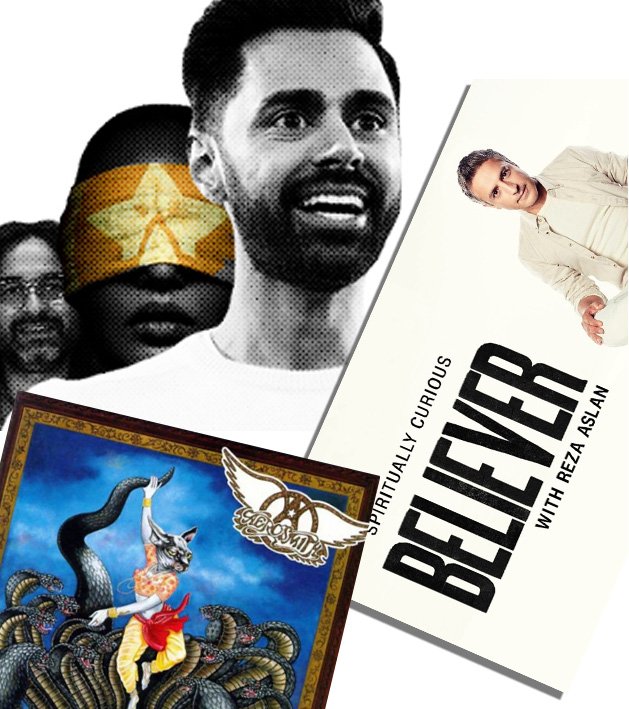The netflix nix: Challenges with (mis)representations of Hindu dharma in modern media
The Hindu carries the responsibility of representing the oldest and most diverse religion that is the third largest in the world when it comes to number of followers. Recently, Netflix has faced a lot of criticism for producing shows that singularly target Hindus in a negative manner. But this is not the first time this happened, nor will it be the last. How we deal with misrepresentations of Hindu Dharma in modern media is a challenge for our generation.





सही कहा आपने